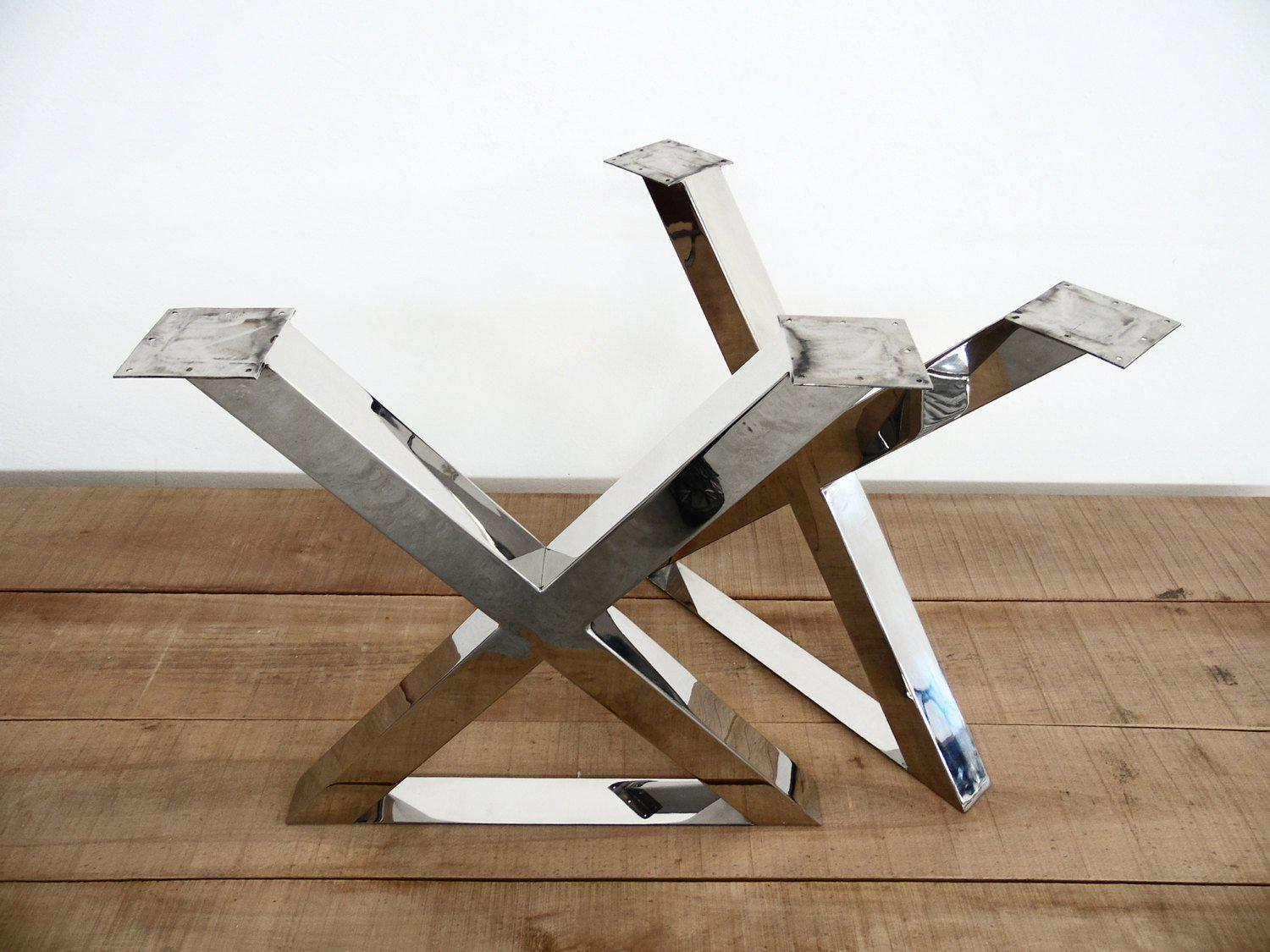The Ultimate Overview to Picking Long Lasting Dining Room Table Legs
The Ultimate Overview to Picking Long Lasting Dining Room Table Legs
Blog Article
A Comprehensive Consider Dining Table Leg Styles: Finding the Suitable Suit
Selecting the best table leg design is vital for both aesthetic charm and sensible capability. Standard 4 legs offer timeless style and security, while the pedestal base provides raised legroom and a modern appearance. For those with larger tables, trestle legs guarantee tough support, whereas barrette legs introduce a mid-century modern vibe with their minimal style. The x-shaped legs blend modern design with boosted stability. Each of these alternatives brings distinct advantages, making the choice greater than simply an issue of choice. Discover better to discover which style flawlessly matches your dining room and way of living.
Traditional Four Legs
Amongst the various kinds of eating table leg designs, the conventional four-leg design remains a timeless selection for lots of households. 4 legs supply well balanced support, making certain the table remains secure and qualified of birthing substantial weight (dining room table legs).
From an aesthetic point of view, the traditional four-leg design can be quickly adjusted to different interior styles. Whether crafted from timber, metal, or a combination of products, these legs can be delicately sculpted, smooth and minimalistic, or anything in between. Their convenience permits them to complement both rustic and contemporary settings seamlessly.
Moreover, the straightforward structure of the four-leg layout assists in convenience of movement and positioning within a room. Unlike even more facility bases, this style reduces blockages, giving ample legroom for diners. In summary, the conventional four-leg dining table leg style marries withstanding sophistication with useful performance, making it a sharp option for those looking for both type and feature in their dining furnishings.
Pedestal Base
Usually celebrated for its classy and space-efficient design, the stand base is a notable alternative to the typical four-leg arrangement in dining table leg designs. This distinct base generally includes a single central column sustaining the tabletop, which can differ in kind, from ornately carved wood to sleek, modern-day metal. One of the main advantages of the stand base is its capacity to optimize legroom and seating flexibility. Without edge legs, diners are afforded higher liberty of motion, making it a perfect choice for round and oval tables that advertise even more intimate and comprehensive gatherings.
The main column itself uses a canvas for intricate styles and artistic expressions, including an aspect of visual passion under the table. In recap, the pedestal base incorporates performance with design, making it a fine-tuned and useful option for varied dining settings.
Trestle Legs
Trestle legs offer a durable and ageless structure for eating tables, characterized by their straight cross-bracing and durable assistance beam of lights. Originating from medieval times, this layout has actually advanced yet preserved its necessary framework, making it a perennial favorite in both conventional and contemporary settings. The central trestle beam of light, often supported by 2 or more upright messages, supplies extraordinary stability, allowing for larger table sizes without the need for extra legs.
A significant advantage of trestle leg tables is the enough legroom they supply. Unlike tables with 4 edge legs, the absence of blockages at the table's sides provides unobstructed area for chairs and diners, improving convenience and accessibility. This makes trestle tables optimal for suiting larger events, whether in an eating room or a banquet hall.
The visual convenience of trestle legs is noteworthy. Offered in a selection of products such as wood, metal, and composite, they can be completed to match a variety of interior designs. From rustic farmhouse to streamlined modern designs, trestle legs can be personalized to fit private preferences. Their long-lasting allure and useful benefits make trestle legs a compelling choice for those seeking both style and practicality in their table.
Barrette Legs

The charm of barrette legs hinges on their simplicity and convenience - dining room table legs. Readily available in a variety of products, consisting of steel and brass, they can be finished in many shades to enhance different interior designs. Whether paired with a rustic wooden tabletop or a modern glass surface area, barrette legs easily mix functionality with a touch of find out this here vintage appeal
Durability is one more significant attribute of barrette legs. Regardless of their delicate appearance, these legs are engineered to bear considerable weight, making sure the table continues to be steady and safe and secure. In addition, they are relatively easy to install, making them a popular choice for DIY lovers and expert furnishings manufacturers alike.
X-Shaped Legs

Built from products such as steel, timber, or a mix of both, X-shaped legs can be customized to match various design choices. Steel legs typically offer a streamlined and commercial feeling, ideal for loft-style apartments and contemporary eating spaces.
Furthermore, the engineering behind X-shaped legs guarantees even weight distribution, lessening the danger of tottering and boosting longevity. This makes them particularly well-suited for larger eating tables that call click here now for added assistance. Fundamentally, X-shaped legs mix sensible design with modern-day aesthetic appeals, making them an ageless option for diverse dining settings.
Conclusion
A thorough understanding of table leg styles exposes the distinct characteristics and benefits of each layout. Conventional four legs provide stability and classic allure, while stand bases give legroom and a streamlined appearance. Trestle legs guarantee robust support for bigger tables, and hairpin legs introduce a mid-century contemporary aesthetic. X-shaped legs incorporate modern style with improved stability. Choosing the appropriate leg design makes sure both practical and aesthetic contentment in any type of dining space.
Report this page